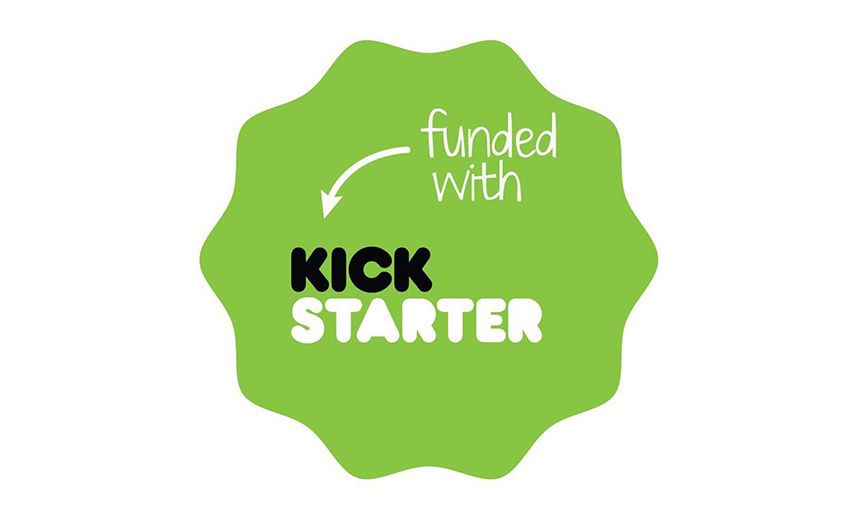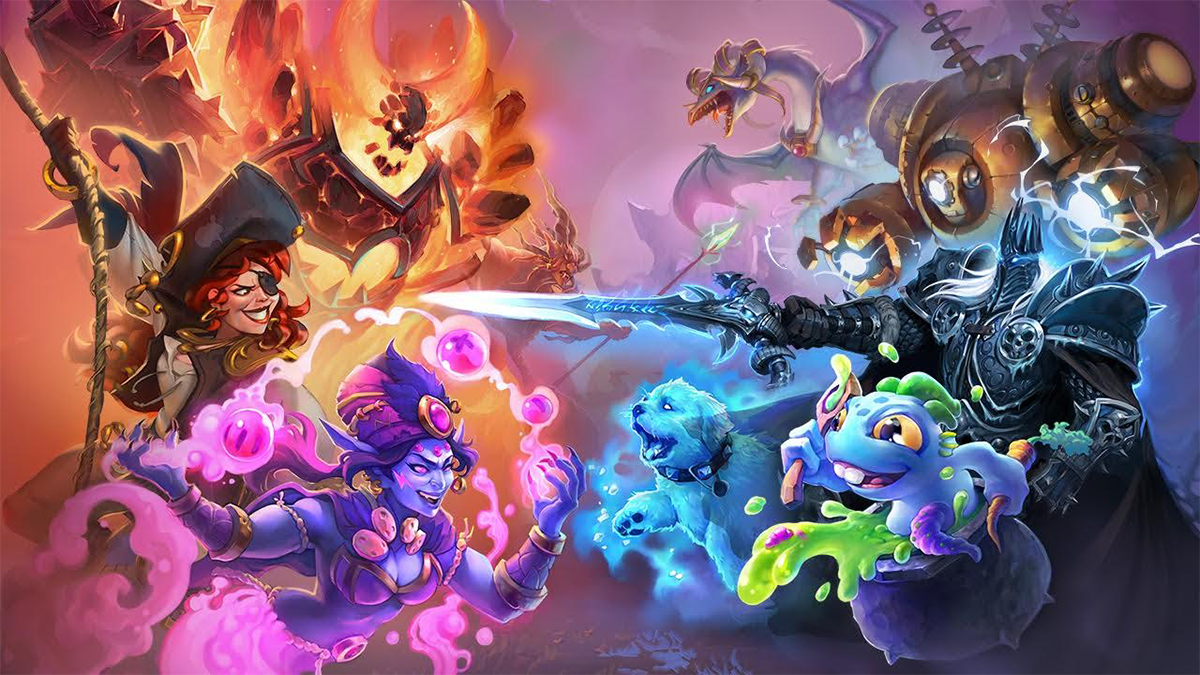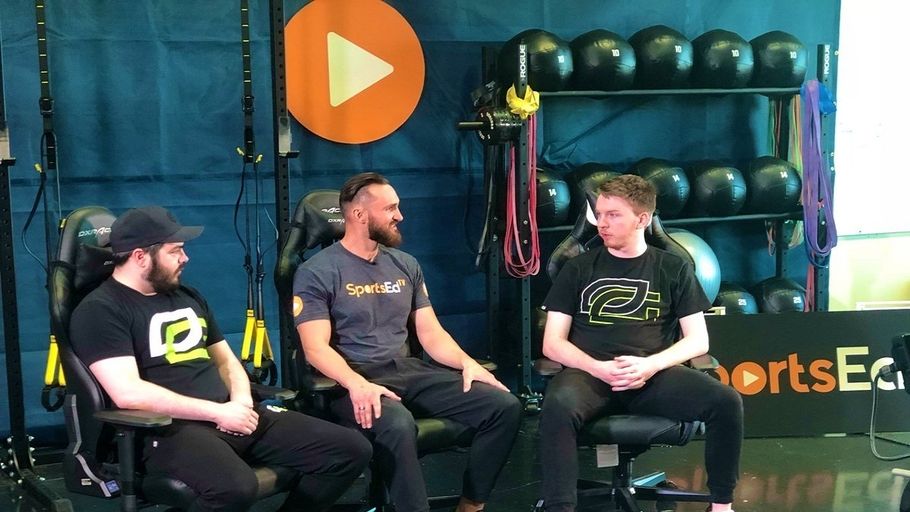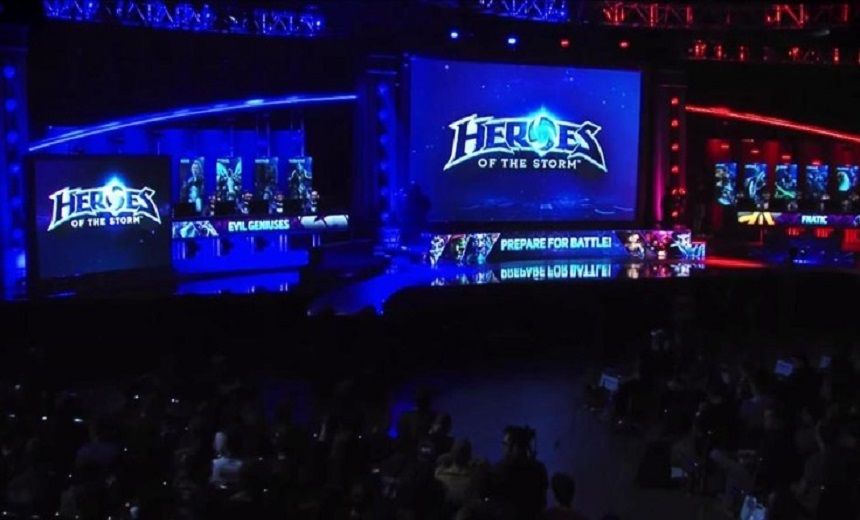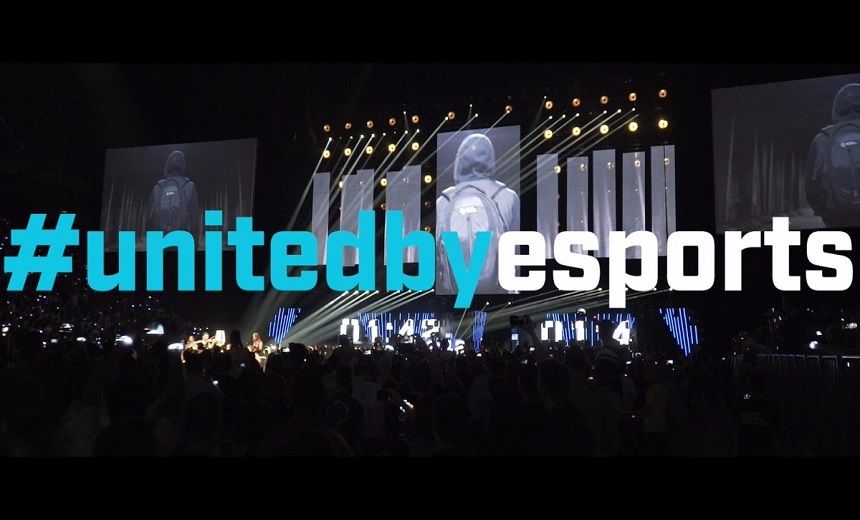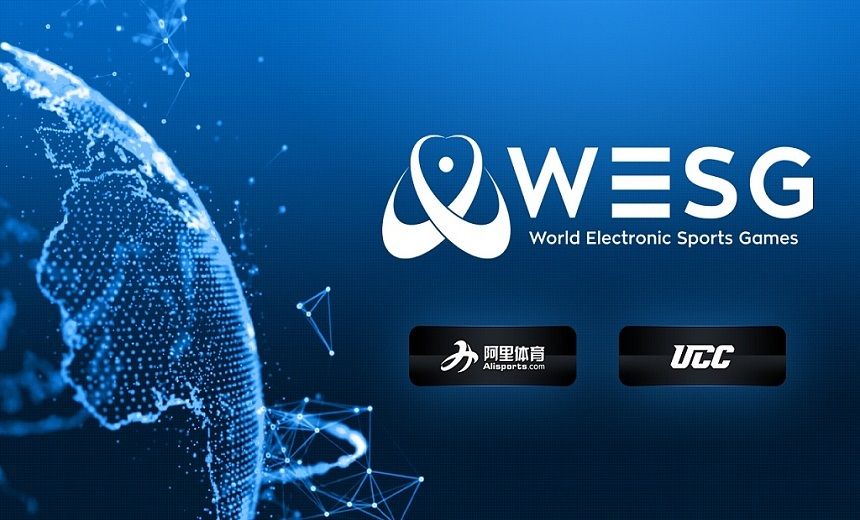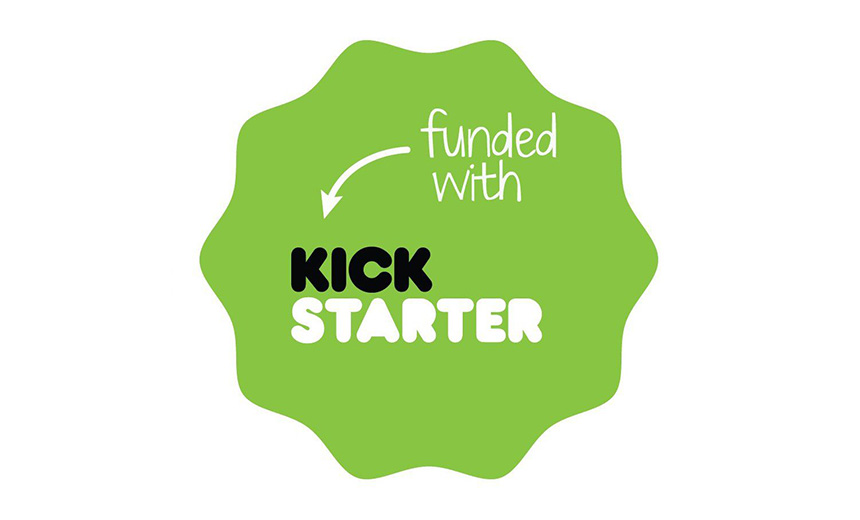
This article represents only the views of its author and not necessarily those of GosuGamers or any affiliates.
Before I begin, I feel a rather comprehensive disclaimer is needed.
Those who’ve followed my opinions on the inner workings of the Hearthstone scene – whether by following me on Twitter, reading me on Reddit or tuning in to my weekly show The Innervated – will know I am far from Jason “Amaz” Chan’s biggest fan. Although the former Archon owner is without a doubt one of the most hard-working and entertaining streamers in Hearthstone, he’s left the impression of a sloppy manager and a businessman with such notoriously bad PR that his nickname has become a meme for bad reputation and that his YouTube channel of 446,000 subscribers infamously contains a ten-minute video of him and Archon co-owner Brent “Backspace” Kaskel spewing bile at their former marquee player James “Firebat” Kostesich, shortly after the latter left the team following reports of multiple unpaid salaries.
Regardless, I’ve adhered to the decree that credit must be given where credit is due, and Archon’s Team League Championship – a $250,000 team league organized and executed with great success by Amaz and co. in 2015 – will forever be remembered as one of the most daring and unique endeavors in Hearthstone. The league, whose offline finals broke the six-digit mark for viewership, a rare occurrence for Hearthstone, took a total of three first places and one second place at the annual GosuAwards, voted by the community and my GosuGamers colleagues alike.
ATLC will forever be remembered as one of the most daring and unique endeavors in Hearthstone.
However I felt towards the man behind it, I saw ATLC as a necessary revolution, a project that miraculously revived Hearthstone from the stale meta it had found itself in at the time. Even when the initial unreported plans of a January 2016 return failed and Archon ultimately ceased to exist with Amaz’s transfer to Team NRG, I never stopped praying for a second season.
Last night, my prayers were answered. With less than a pleasant twist.
Initially, the inaugural season of ATLC was to be funded from Amaz’s and Backspace's own pockets before sponsors intervened to save the day but with a prize pool of quarter million, not counting production, travel and accommodation costs for two dozen players, casters and personalities for the live finals, it likely never made the return on investment, despite the generous viewership numbers. To avoid repeating the same mistake, Amaz has taken to popular crowdfunding platform Kickstarter, asking the community to pledge towards the ambitious goal of $200,000 before the end of November, which opens a whole new Pandora’s box.
First of all, while Kickstarter’s idea is, on paper, noble and loyal fans can bring otherwise impossible projects to life by funding their development, it lacks one very important detail: Accountability. With the platform essentially acting as the middle man in the cash exchange, it absolves itself of all accountability and backers are left relying solely on the developer’s integrity to get the job done properly and on time.
With the money being given essentially in the form of donations, there’s no contractual obligation between a backer and the project developer either, meaning accountability is further lost somewhere in limbo and creators are only legally binded when fulfilling rewards, not with the project itself. Compare that to the traditional funding processes of investing your own money or working directly with sponsors, who will have your signature on paper should your promises flop, and you will feel the difference.
A more fickle industry than its mainstream gaming cousin, esports has seen its fair share of hilarious or comically disastrous crowdfunding initiatives, its initiators banking on those fans who are young enough to be gullible, with access to their parents, credit card, or both. I still remember the appeal of Patrick “Chobopeon” O’Neill who asked for $6,000 to fund his journalistic career and “tell the truth”, as if that wasn’t his job by definition. And while that one was, thankfully, never funded, others were more successful in the cash-grabbing, most notably the infamous “Sons of StarCraft”, a documentary which took over $42,000 in crowdfunded cash against a target of just $18,000 only to release with a delay of over a year and with sub-par quality, to say the least. The promises of director Jeff Alejos turned out to be hollow and to this day there isn’t a single published page, breaking down how and where the $42,000 was spent and the documentary ended up being trashed by the very personalities it portrayed.
Three years later, we’re asked to trust esports entrepreneurs with our money once again and raise a six figure sum.
ATLC 2 is not a project of an indie artist, struggling to make ends meet.
Now, I’m not here to tell you whether or not you have the right to crowdfund ATLC 2 by trusting it with your own money. That one should be pretty clear. Instead, consider what are you funding and what are you getting in return. I’ll skip over how different ATLC’s funding is from the crowdfunding of major tournaments such as The International, as it should be understood from the get go how TI’s execution doesn’t ever rely on a certain funding goal being reached, but instead tackle ATLC 2 head-on.
ATLC 2 is not a project of an indie artist, struggling to make ends meet, as is often the case in industries such as gaming, music, art and so on. This is a project by Twitch’s 37th and Hearthstone’s third largest streamer with upwards of 730,000 followers, more than twice the size of Blizzard’s own Hearthstone channel, whose perceived monthly income is easily in the five digits, especially when one accounts for a YouTube channel of almost half a million subscribers.
This is a project that will not help the grassroots scene grow but instead put more money in the pockets of the already rich. A big reason for the record-breaking viewership of the inaugural season was locking down Hearthstone’s largest streamers, including all of Jeffrey “Trump” Shih, Sebastian “Forsen” Fors, Aleksandr “Kolento” Malsh, as well as Octavian “Kripparrian” Morosan behind the mic, all of whom easily net six figures annually. While there's nothing inherently wrong with the idea of Hearthstone invitationals, does it make sense for the prize pool to be generated by the same community paying for subscriptions and donations already anyway?
This is a project that is asking for $200,000 without breaking down how they’ll be spent, but instead offers a pocketful of “if”-s and vague, meaningless sentences such as this:
“If our Kickstarter campaign exceeds our initial goal of $200,000 and if we find plenty of sponsors before our first league matches in January, there is a high likelihood the prize pool will also increase.”
This is a project that is no longer driven by a team owner who has to pay out monthly salaries to half a dozen players but one who dropped that recurring expense to join an organization co-owned by NBA CEO’s of multi-million net worth including Mark Mastrov ($350 million net worth) and Shaquille O’Neal ($400 million). A project by someone who says this is “his way of thanking those involved in the community” – not the community that offers its everyday support, by the way – and wants you to pay for the gift, the wrapping paper and the card.
Naturally, there’s always the possibility that ATLC 2 finds the money, that the tournament runs error-free and becomes another landmark in the Hearthstone competitive landscape but there's zero guarantees besides the creators' own reputation. Two months later, we could be scuffing our feet through the land of broken promises, as a fellow journalist once called it.
As you remember the scars left on the body of our industry by not one or two fiascos even when big-league sponsors were involved, ask yourself not if Hearthstone needs ATLC 2. Rather, ask yourself whose money should be funding it?
17:05 CEST - Edited for accuracy

